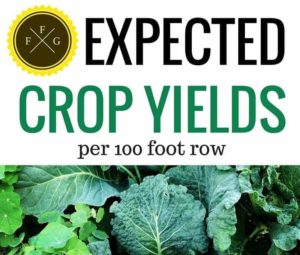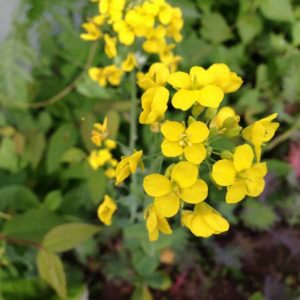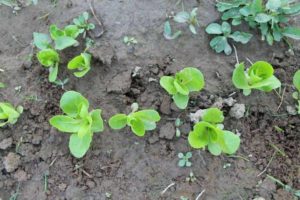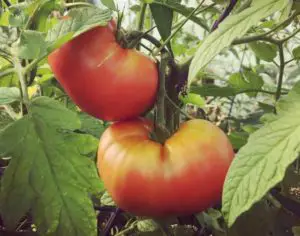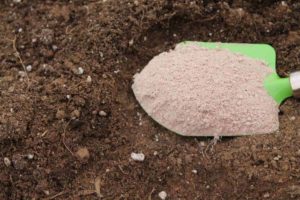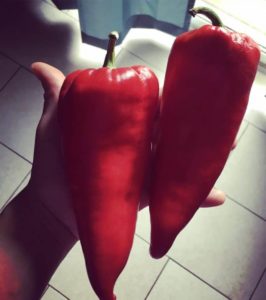Starting a vegetable garden is relatively easy. All you need is a small patch of ground, with rich soil, and you are on your way. And if you do not have a garden, do not despair. Many vegetables like broccoli can be cultivated and will thrive in pots and containers.
Broccoli is one of those vegetables that do very well in containers. It can even be started indoors. 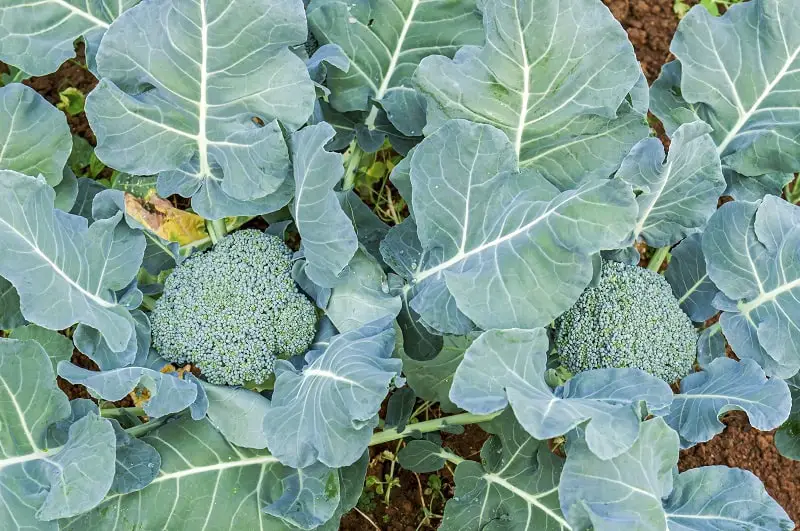
Broccoli is one of my family’s favorite veggies. It is super-healthy because it is rich in so many nutrients. It is full of iron, vitamins, (especially Vitamin C and Vitamin K), potassium, and fiber.
But of course, broccoli is not only popular in our house because of its health benefits. It would be difficult to get kids to eat it if it didn’t taste delicious too. I love the fact that it is so versatile, and there are so many ways to incorporate broccoli into a meal. This is why I will share with you some tips for growing your own broccoli, including how far apart to plant broccoli.
Broccoli Planting Time
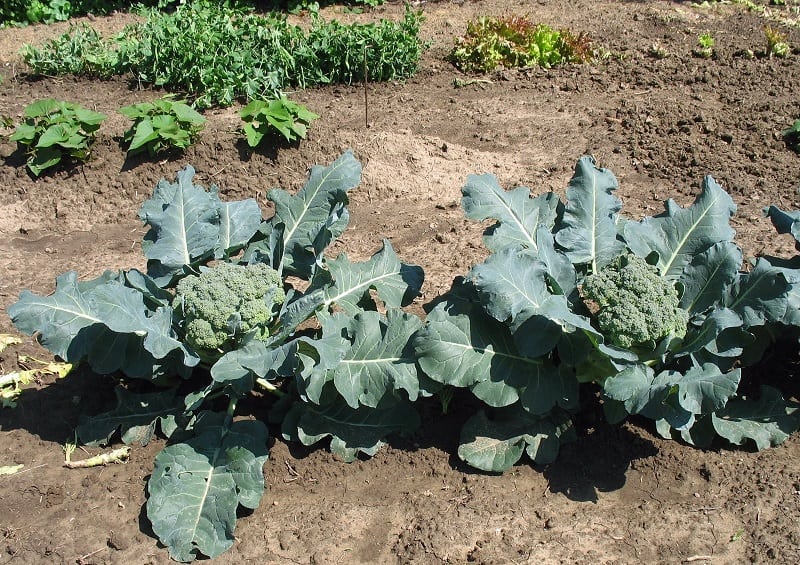
Broccoli does not do well in the intense summer heat. It takes approximately 60 days for a broccoli plant to grow to full maturity. Therefore the best time to plant broccoli is in early spring. You will then be able to harvest before the sweltering weather of mid-summer hits.
Soil for Broccoli Planting
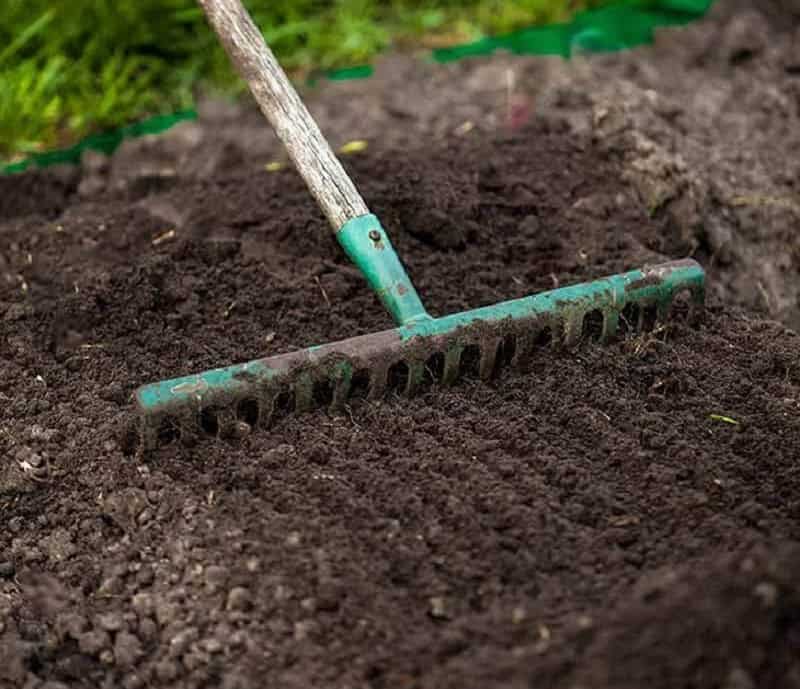
The soil should be moist, but with good drainage. It should be rich in nutrients, with lots of mulching and organic matter. Broccoli needs a pH level of between 6.5 and 7.0, in order to maintain healthy roots. If the soil is either too acidic or too alkaline, the roots could become diseased and moldy.
Where Should You Plant Broccoli Plants?
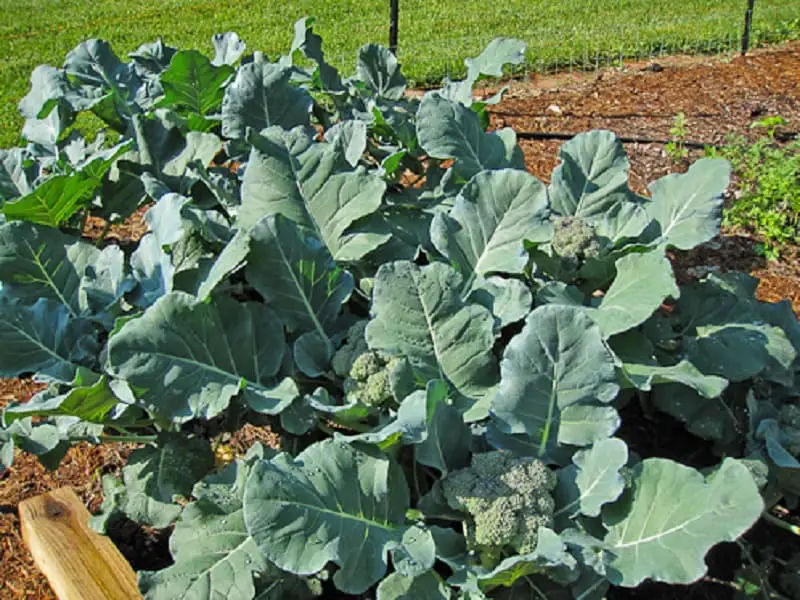
Broccoli plants are sun lovers. They will need between 6 and 8 hours of direct sunlight a day, in order to grow to their full potential and yield strong, healthy heads for harvesting. Choose a spot that gets lots of direct sunlight, and your broccoli should do very well.
Planting Broccoli Spacing

If you are starting broccoli plants from seedlings, the seeds should be planted 3 inches apart and ½ an inch deep. Once they are growing and you have healthy plants that are about 3 inches tall, the seedlings can be separated and thinned out and replanted.
Broccoli plants need a lot of space because they like to spread. If they don’t have enough room to spread out, you will not get nice big heads. The heads will be small and may not ripen fully.
Broccoli seedlings should be planted 18 inches apart, in rows that have at least 24 inches between them. This will give them sufficient space to develop fully into healthy plants.
Planting broccoli seedlings too close together will not only result in smaller heads. If they are too cramped, they are also at a much higher risk of diseases. The leaves could become moldy from being in too close contact with the adjacent plant.
Less space between plants also means less fresh air circulating around them, which could make your broccoli plants more likely to be invaded by pests. Bugs love a warm, damp environment, and will multiply rapidly in your broccoli plants if they are too close to each other.
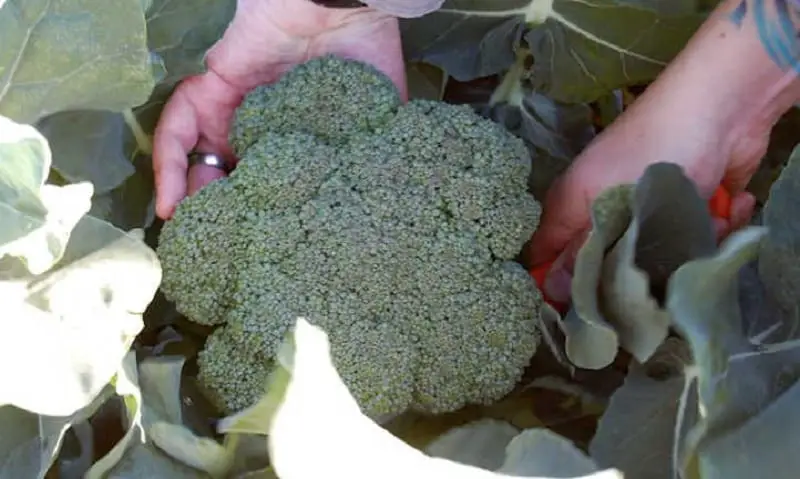
Planting Broccoli in Pots
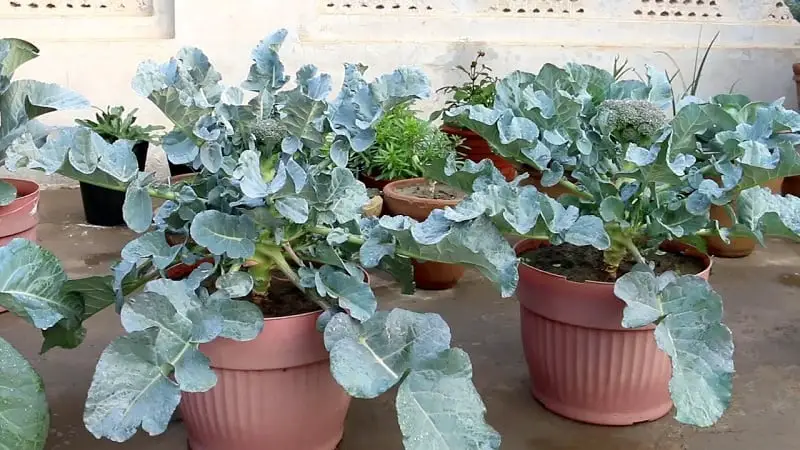
Because broccoli is a spreading plant that needs quite a lot of space, it should not be planted in small containers. However, it will do very well if you plant it in large pots, or even in 5-Gallon buckets.
You can either start the seeds indoors in small pots, and then transfer the seedlings to bigger containers, or you can plant the seedlings directly into the big pots, following the above guides as to how far apart to plant broccoli.

